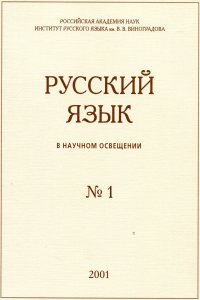Unusual forms of the comparative in a Russian translation from the beginning of the 18th century
Abstract:
The article is devoted to the forms of the Russian comparative in an early 18th-century
translated treatise on fortification, which stand out against the background of the general line
of development of this grammatical category in the Russian language. Deviations concern declensional
characteristics of the short forms of the comparative: in the predicative position,
they consistently demonstrate the ability to agree with the subject. This feature may be explained
by artificial grammatical normalization of the language under the influence of authoritative
Polish and Church Slavonic grammatical systems, where the comparative retained concordance.
The comparative forms found in the text under consideration do not completely
conform to the Polish or Church Slavonic declension patterns; they may be hybrid formations
generated by an attempt to normalize the grammar of translation based on the Spoken Russian
and by the use of simplified Church Slavonic in the first quarter of the 18th century.


